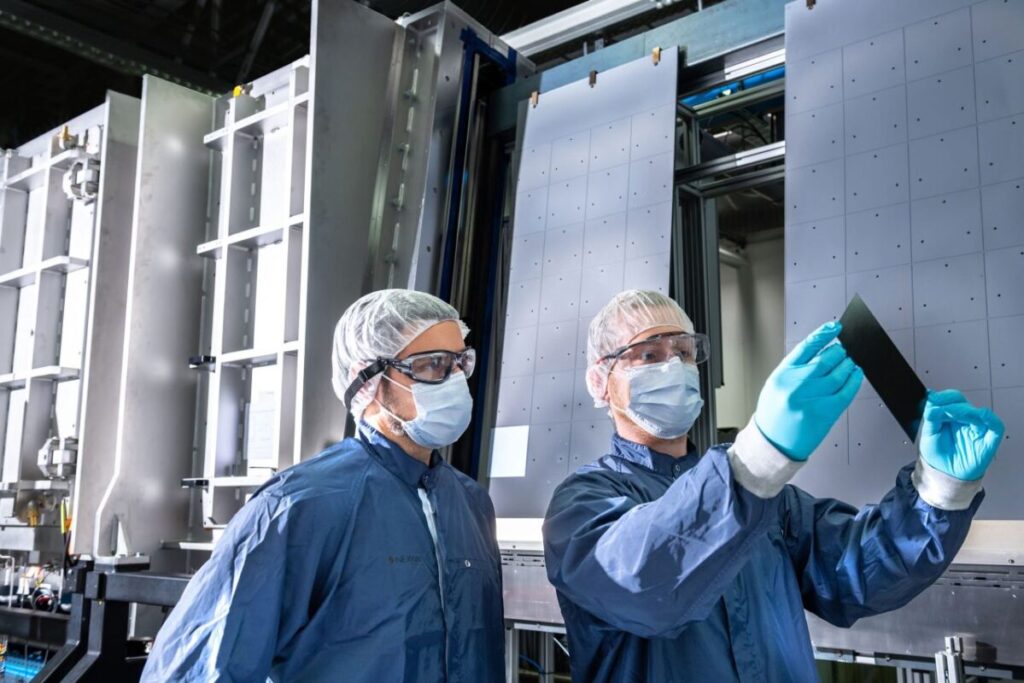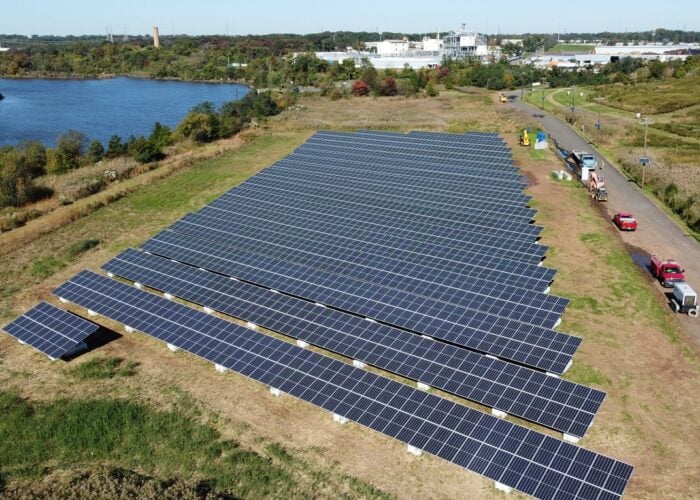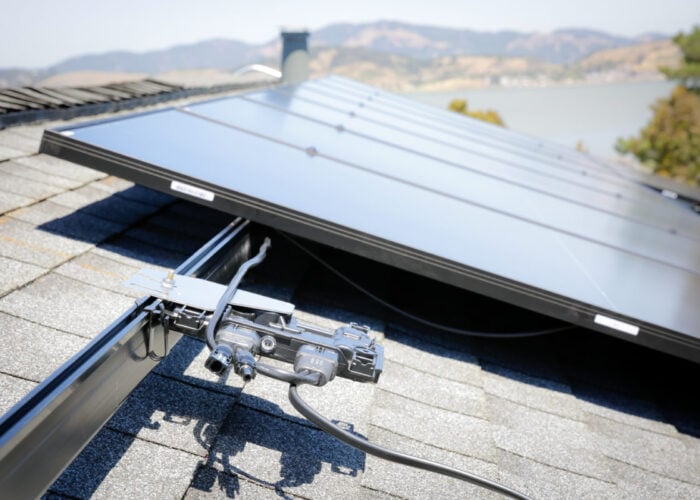
As the global push for sustainable energy solutions intensifies, the US is strategically positioning itself to reduce reliance on imported solar components and to build up its domestic clean energy manufacturing capabilities. The Inflation Reduction Act (IRA), signed into law in 2022, was a pivotal move in this direction.
Key incentives and current trends
The core IRA incentives aiming to attract investment in solar photovoltaic (PV) manufacturing are in the form of manufacturing tax credits.
Unlock unlimited access for 12 whole months of distinctive global analysis
Photovoltaics International is now included.
- Regular insight and analysis of the industry’s biggest developments
- In-depth interviews with the industry’s leading figures
- Unlimited digital access to the PV Tech Power journal catalogue
- Unlimited digital access to the Photovoltaics International journal catalogue
- Access to more than 1,000 technical papers
- Discounts on Solar Media’s portfolio of events, in-person and virtual
Or continue reading this article for free
The 45X incentives are:
- $3/Kg for polysilicon
- $12 per square meter (~$0.05/Watt) for wafer production
- $0.04/Watt for cells
- $0.07/Watt for modules
These incentives provide a significant enhancement to factory economics for each of the above steps in the value chain. Despite this, manufacturers have concentrated on module assembly, which requires the lowest capital investment and the shortest time to bring on-line. By the end of 2025, about 60 GW of module assembly capacity is expected to be operational with another 70 GW in the planning phase. However, only two major companies, QCells and Norsun, have announced plans for ingot and wafer production facilities with a combined capacity of 8 GW, less than 15% of the planned module capacity.
The need for domestic content bonus revisions
The US Treasury Department has an opportunity to adjust this imbalance through revised guidance on the domestic content bonus. On May 16, the Department of the Treasury and the Internal Revenue Service (IRS) released new guidance on the domestic content (DC) bonus credit in the IRA. The DC bonus increases the PV system level credit value by 10% if the project meets the minimum threshold of 40% domestically produced components.
Understanding the new domestic content guidance
The key update is that the solar cell now carries a more significant weighting in the domestic content calculations. In addition, a standardized framework for how developers can qualify for the DC bonus for a wide range of solar projects has been developed. The guidance is complex as it encompasses multiple segments, including utility and residential and multiple system configurations, including systems with integrated battery storage. In the new guidance, the most favourable weighting for domestic cells is for a PV-only, fixed tilt, utility-scale project, where a domestically produced cell accounts for 49% of the overall DC calculation. This makes it challenging to meet the current 40% threshold without a US-produced cell. However, for residential systems with storage, developers have options to qualify without a domestically produced cell.
Impact on solar developers
The DC policy update will have a major impact on the buying decisions of solar developers, particularly if imported components are at a significantly lower cost than domestic-sourced components. Large-scale developers are sophisticated buyers and will optimize the total system CapEx by blending the ratio of imported and domestic components in order to qualify for the domestic content bonus at minimum system cost.
Trade petitions and future updates
This is particularly significant in light of recent trade petitions by leading US solar manufacturers regarding the dumping practices of some manufacturers in Southeast Asia (Thailand, Vietnam, Cambodia, and Malaysia). If these petitions succeed, the landed cost of panels from Southeast Asia will rise. This will incentivize developers to source domestically made cells to meet the qualifying DC bonus thresholds while still being able to procure modules with components that have a lesser impact on the domestic calculation, such as glass, from outside the US.
The updated domestic content guidance does not address US-made wafers. However, a White House press release on May 16, 2024, indicated that solar wafers will be considered in future domestic content updates. The Treasury has yet to issue a notice of proposed rulemaking for the domestic content bonus, which could incentivize wafer production. This is a crucial development, as 99% of energy-intensive wafer manufacturing currently takes place in China, where coal-fired power plants are predominant. This reliance also leaves the US vulnerable to potential future supply chain disruptions.
The broader impact
The conversation should extend beyond trade fairness, focusing on the critical task of securing a sustainable and self-sufficient economic future. By shifting the focus towards domestic wafer production and including it in federal incentives, the US can significantly reduce the carbon footprint of solar modules and align with global environmental goals.
In addition, the US and other nations have an opportunity to compete directly with Chinese wafer production through disruptive innovations using a direct “gas-to-wafer” wafer production technology. This technology enables a lower carbon footprint and the ability to produce thinner wafers with improved process control.
Conclusions
The economic implications of the IRA manufacturing incentives, the April 2024 trade case and the DC policy updates combined will significantly impact the US solar manufacturing landscape.
Encouraging domestic production of wafers and cells will create jobs, enhance skills and promote sustainable economic growth. Developing a complete domestic supply chain for solar panels—from polysilicon production to wafer and cell manufacturing and final module assembly—will help the US achieve energy independence.
The recent updates are making solar cell and wafer manufacturing in the US more attractive but will require continued refinements. We anticipate more manufacturing announcements through 2024 to serve the first wave of solar module manufacturers.
Davor Sutija is CEO of NexWafe, a manufacturer of photovoltaic wafers based in Freiburg, Germany.







